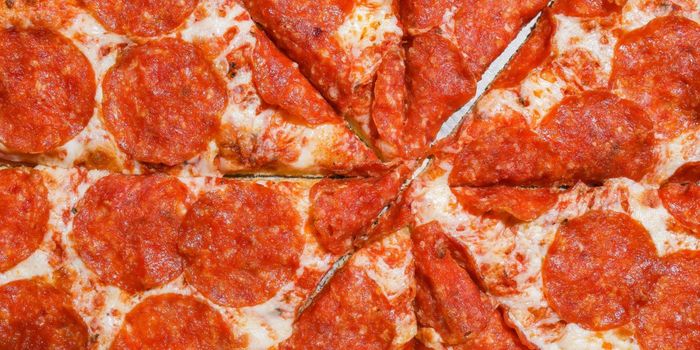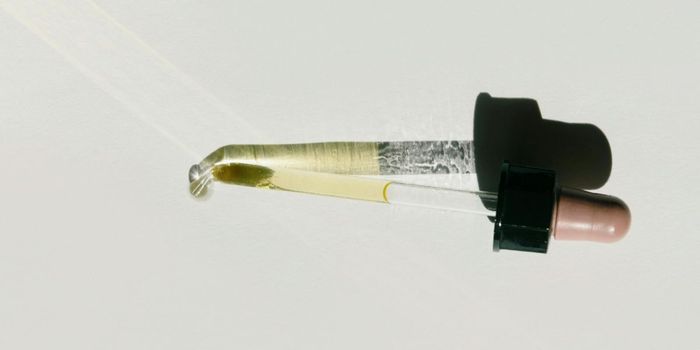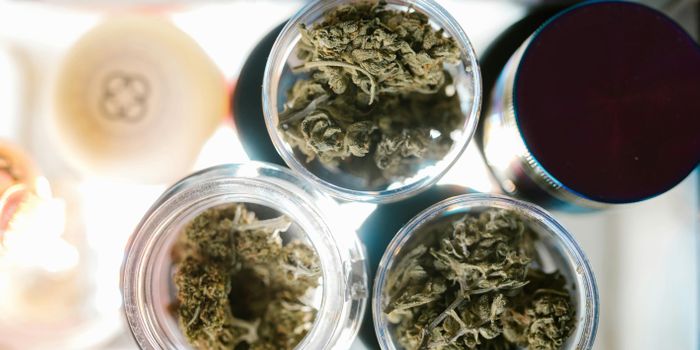Why Does Marijuana Get You High?
With all this new research finally coming out about the effects of marijuana on various subjects (effects on mental health, prenatal exposure, adolescents, chronic pain, etc.) it may be a good time to refresh our memories (or learn for the first time) why marijuana actually gets you high. It's not just "marijuana" but instead now has more complexity with vapes, dabbing, CBD flower, and variants like THCA flower, not to mention the increased number of strains to be picking from. Today we specifically want to focus on how THC gets you high, as it is the primary psychoactive compound in marijuana. It may be a good idea to learn the basics of how THC interacts in the brain and how our bodies interact with THC.
Photo credit: Pixabay.com
Before we delve straight into the brain, we need to talk about how the body reacts to THC. This is known as pharmacokinetics. Pharmacologists will be very familiar with this process and the 4 processes entailed: Absorption, Distribution, Metabolism, Elimination (fondly known as ADME in the field). It is crucially important to have a basic idea of these processes because they will affect how effective certain medications will work when co-administered and determine risks to the elderly and mentally ill.
In an exhaustive review recently published by the British Journal of Clinical Pharmacology, Dr. Catherine Lucas and colleagues of the School of Biomedical Sciences and Pharmacy, at the University of Newcastle in Austrailia, lay out the currently known pharmacokinetics and pharmacodynamics of THC. Bear with me now, this can get a little "jargony". Briefly, the ADME of THC is as follows:
Absorption: Right after smoking, THC is in the bloodstream within minutes at concentrations of 10-30%.
Distribution: THC is highly lipophilic (it likes fatty tissue). Chronic use accumulates in fatty tissue. And it ends up in all of the major organs, including the brain. In chronic smokers, this can cause THC and its metabolites to remain in fat (and detectable in urine samples) for up to 30 days.
Metabolism: Here is where dangerous medicine interactions can occur. THC is metabolized mainly in the liver, using many of the same hepatic enzymes which are used to metabolize many medications. THC recruits these enzymes, potentially leaving your prescribed medications far fewer enzymes to metabolize them. This is critical for populations on many medications, such as the elderly or chronically ill. For example, another review found a potential interaction between THC and fluoxetine (Prozac) that could lead to mania.
Elimination: Estimates of how long THC remains in the blood vary, from as few as 6 minutes to 22 hours. Why does a high usually last for only a few hours while it remains in the blood? This is where pharmacodynamics can help explain.
Photo credit: Pixabay.com
Pharmacodynamics describes how THC interacts with its primary receptor, CB1, in the brain. It describes how long it is bound, how it is destroyed, which areas of the brain are affected, and most importantly, how this results in the experience of a high. While the review states that there are only a few studies on the pharmacodynamics of THC, the video below describes what we do know.
Sources: Youtube.com, Ageing Research Reviews, British Journal of Clinical Pharmacology, drug.addictionblog.org, Wikipedia










